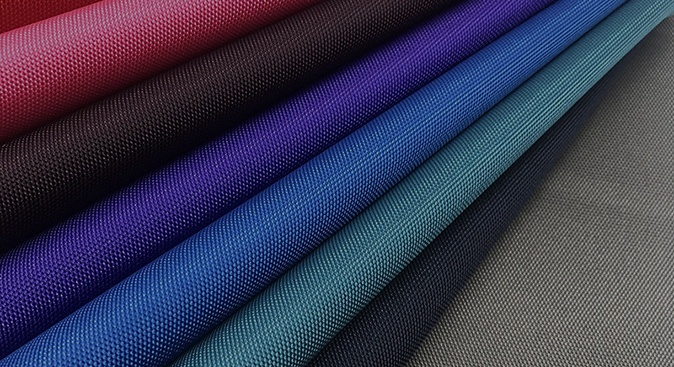Definition and relevance
420D PU Coated Fabric, specifically in the context of bag manufacturing, refers to a type of fabric that is commonly used for producing durable and functional bags. It is composed of a base fabric known as 420D Oxford fabric, which is coated with a layer of Polyurethane (PU) on one or both sides.The “420D” in the fabric’s name represents the denier measurement, which refers to the thickness and weight of the fibers used in the fabric.Overall, 420D PU Coated Fabric is a popular choice in bag manufacturing due to its combination of strength, water resistance, lightweight nature, and customization possibilities.
Choosing the Right 420D PU Oxford Fabric for Bags
Factors
Strength and Durability:
Evaluate the fabric’s tensile strength and tear resistance to ensure it can withstand the demands of bag usage.
Consider the expected load and stress the bag will endure, especially for heavy-duty or outdoor applications.
Look for reinforced fibers or additional coatings that enhance durability.
Water Resistance:
Assess the level of water resistance provided by the PU coating to protect the bag’s contents.
Determine if the fabric is water repellent or fully waterproof, depending on the specific requirements of the bag.
Consider the seam construction and zippers to ensure water cannot penetrate through them.
Weight and Thickness:
Consider the weight of the fabric to ensure it aligns with the desired lightweight nature of the bag.
Evaluate the fabric’s thickness to balance durability with the desired weight.
Remember that a lighter fabric may sacrifice some durability, so finding the right balance is crucial.
Color and Aesthetics:
Determine the desired color options and whether the fabric can be easily dyed or printed on to meet design requirements.
Evaluate the fabric’s appearance and texture to ensure it aligns with the desired aesthetic of the bag.
Consider the fabric’s ability to retain color and resist fading over time.
Environmental Considerations:
Check if the fabric meets any environmental standards or certifications, such as being free from harmful substances or being produced in an eco-friendly manner.
Consider the fabric’s recyclability and sustainability to align with environmental goals.
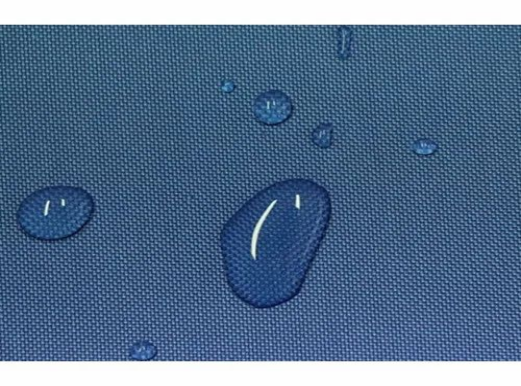
Evaluating Suppliers
Research and Reputation:
Research potential suppliers and evaluate their reputation in the industry.
Look for reviews, testimonials, or references from other bag manufacturers who have worked with the supplier.
Consider their experience, reliability, and track record in delivering quality fabrics.
Quality Control:
Inquire about the supplier’s quality control measures to ensure consistent fabric quality.
Ask about their production processes, inspections, and testing procedures.
Consider whether they have certifications such as ISO or quality management systems in place.
Certifications and Standards:
Check if the supplier adheres to industry standards and holds relevant certifications for fabric production.
Certifications such as ISO, Oeko-Tex, or REACH can provide assurance of quality and compliance.
Consider if the supplier can provide certificates of conformity or test reports for the fabric.
Customization Options:
Determine if the supplier offers customization options such as color matching, printing, or additional treatments.
Assess their ability to meet specific requirements for bag manufacturing, such as providing fabric samples with custom prints or finishes.
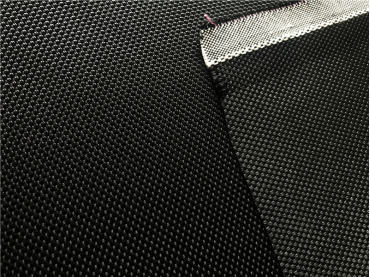
Requesting Fabric Samples
Sample Evaluation:
Evaluate the fabric samples based on the desired factors mentioned earlier, such as strength, water resistance, weight, and aesthetics.
Test the fabric’s performance by subjecting it to simulated bag usage or relevant environmental conditions.
Assess the samples for any defects, inconsistencies, or variations in quality.
Compare Multiple Samples:
Request samples from multiple suppliers to compare and assess the variation in fabric quality, appearance, and performance.
Consider the consistency of the fabric samples from different batches to ensure reliability.
Use the samples to make an informed decision on the most suitable fabric for the intended bag manufacturing.
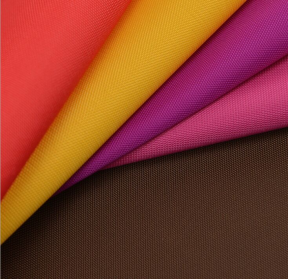
Why Manufacturers Choose 420D PU Coated Fabric ?
Core Materials and PU Coating Process
420D Oxford Fabric: The base fabric used in 420D PU Coated Fabric is 420D Oxford fabric, known for its strength, durability, and versatility. It provides a solid foundation for creating robust bags.
PU Coating: The Polyurethane (PU) coating process adds significant value to the fabric. The coating is applied to one or both sides of the fabric, enhancing its performance and functionality.
Versatile Applications in Bag Production
420D PU Coated Fabric finds versatile applications in bag manufacturing. It is suitable for various bag types, including backpacks, duffel bags, luggage, tote bags, and more.
The fabric’s strength and durability make it ideal for bags that undergo frequent use, carry heavy loads, or require resistance to wear and tear.
Its water resistance or waterproof properties ensure the bag and its contents remain protected from moisture, making it suitable for outdoor and adventure bags.
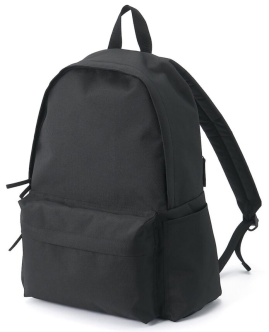
Performance Attributes
Strength and Durability: 420D PU Coated Fabric is known for its excellent tensile strength and tear resistance. It can withstand rough handling, making it ideal for bags that experience heavy usage or demanding environments.
Water Resistance: The PU coating adds a layer of water resistance to the fabric, making it suitable for bags that need to protect their contents from rain, splashes, or water-related activities.
Lightweight: Despite its strength, 420D PU Coated Fabric is relatively lightweight, providing comfort to bag users while reducing the overall weight of the bag itself.
Customization: The fabric can be easily customized through printing or dyeing, allowing manufacturers to create unique designs, patterns, or branding elements on their bags.
Benefit of Bag Manufacturers Choose 420D PU Coated Fabric
Enhanced Longevity and Robustness
The combination of the base fabric, 420D Oxford fabric, and the PU coating significantly enhances the fabric’s durability and longevity.
The fabric’s high tensile strength and tear resistance ensure that bags made from this material can withstand the rigors of daily use and heavy loads.
It resists abrasions, punctures, and general wear and tear, making it ideal for bags that are exposed to rough conditions or frequent travel.
Weatherproof Properties
One of the key advantages of 420D PU Coated Fabric is its weatherproof properties.
The PU coating creates a barrier that repels water, making the fabric water-resistant or even waterproof, depending on the specific manufacturing process.
This feature ensures that bags made from this fabric can protect their contents from rain, spills, and other moisture-related risks, making them suitable for outdoor activities and travel.
Customizability and Design Options
420D PU Coated Fabric offers bag manufacturers a high level of customizability and design options.
The fabric can be easily printed on or dyed in a wide range of colors, allowing manufacturers to create bags with unique designs and patterns that align with their brand or customers’ preferences.
Manufacturers can also choose different finishes or treatments to achieve specific textures or visual effects, further enhancing the aesthetic appeal of the bags.
Cost-Effective Solution:
420D PU Coated Fabric provides a cost-effective solution for bag manufacturers.
The fabric offers a good balance between performance and affordability, making it a popular choice for producing high-quality bags without significantly increasing production costs.
Its durability and weather resistance contribute to the longevity of the bags, reducing the need for frequent replacements and providing long-term cost savings for both manufacturers and consumers.
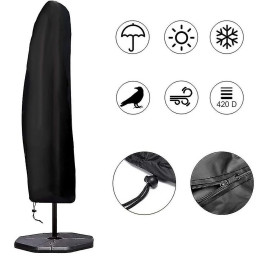
Procurement Challenges for Bag Manufacturers
Sourcing Considerations and Availability
Finding reliable suppliers: Identifying trustworthy suppliers who can consistently provide high-quality 420D PU Coated Fabric can be challenging.
Geographic limitations: Depending on the location of the manufacturer, access to suppliers may be limited, resulting in longer lead times or higher transportation costs.
Material availability: Ensuring a steady and uninterrupted supply of the required fabric can be a challenge, particularly if there are fluctuations in demand or if the fabric is in high demand across multiple industries.
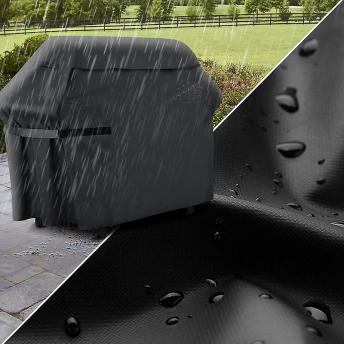
Quality Variations and the Risk
Inconsistent quality: There may be variations in the quality of 420D PU Coated Fabric available in the market. Manufacturers need to ensure that the fabric they source meets their desired specifications consistently.
Counterfeit or substandard products: The risk of encountering counterfeit or low-quality fabric is always present. Manufacturers need to take precautions and work with reputable suppliers to minimize this risk.
Material testing and verification: Manufacturers may need to invest in testing and verification processes to ensure the quality and performance of the fabric meet their requirements.
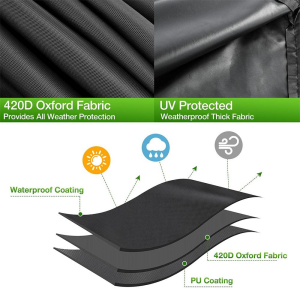
Industry Standards and Regulations
Compliance with regulations: Bag manufacturers must adhere to industry standards and regulations governing the production and use of materials. These standards may include safety, environmental, and health regulations.
Certifications and compliance: Ensuring that the 420D PU Coated Fabric meets relevant certifications and standards, such as ISO, Oeko-Tex, or REACH, can be a challenge. Manufacturers must verify the compliance of the fabric and obtain necessary documentation.
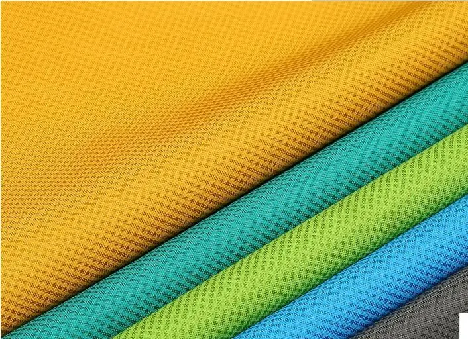
Ensuring Quality Control in 420D PU Coated Fabric
Quality Control Processes
Inspections and Testing: Implement regular inspections and testing at various stages of the production process to identify any potential issues or defects. This includes checking the raw materials, monitoring the coating process, and conducting final inspections of the finished fabric.
Quality Assurance Guidelines: Establish comprehensive quality assurance guidelines that outline the specific requirements and standards for the 420D PU Coated Fabric. These guidelines should cover aspects such as strength, tear resistance, water resistance, and other performance indicators.
Process Documentation: Maintain detailed documentation of the production process, including the specific parameters and measurements for each stage. This documentation allows for traceability and aids in identifying any deviations from the desired quality standards.
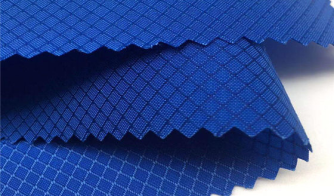
Collaboration
Supplier Collaboration: Maintain open lines of communication with suppliers to address any quality concerns or issues promptly. Collaborate with them to ensure that the raw materials used for the 420D PU Coated Fabric meet the required specifications.
Cross-Functional Collaboration: Foster collaboration between different departments within the manufacturing facility, including production, quality control, and research and development. This interdisciplinary approach helps identify and resolve quality issues more effectively.
Key Quality Indicators
Strength and Tear Resistance: Measure the tensile strength and tear resistance of the fabric to ensure it meets the required standards. Conduct regular tests to validate the fabric’s performance under various stress conditions.
Water Resistance: Test the fabric’s water resistance to verify its effectiveness in repelling water. This can be done through simulated rain or water immersion tests.
Coating Uniformity: Verify the uniformity of the PU coating on the fabric to ensure consistent water resistance and durability across the entire surface.
Color Fastness: Assess the fabric’s color fastness to verify its resistance to fading or bleeding during washing or exposure to sunlight.

Conclusion
420D PU Coated Fabric is a highly desirable material for bag manufacturers due to its numerous advantages. Its composition, versatility, and performance attributes make it an ideal choice for producing durable, weather-resistant, and visually appealing bags.
It offers a compelling solution for bag manufacturers, providing enhanced longevity, weatherproof properties, and customization options. With proper sourcing, quality control, and adherence to industry standards, bag manufacturers can harness the full potential of 420D PU Coated Fabric to create outstanding bags that meet the diverse needs of their customers.
In conclusion, 420D PU Coated Fabric is a preferred choice for bag manufacturers due to its exceptional qualities and benefits. With its strong base fabric and PU coating process, it offers enhanced durability, longevity, and robustness to withstand the demands of daily use and heavy loads. The fabric’s weatherproof properties provide protection against water, making it ideal for outdoor activities and travel. Moreover, its customizability and design options allow manufacturers to create unique and appealing bags that align with their brand and customer preferences. By choosing this fabric, manufacturers can ensure their bags stand out in the market and deliver an exceptional user experience.



